For over six decades, the European Union has played an active role in World Expos, showcasing its commitment to innovation, sustainability, and cultural exchange. From Brussels in 1958 to Dubai in 2020, each Expo has provided a platform for the EU to share its vision of progress, cooperation, and global engagement. This page highlights the EU’s journey through past Expos, illustrating how its presence has evolved alongside the challenges and opportunities of each era.
Expo ’58 (Brussels, Belgium)
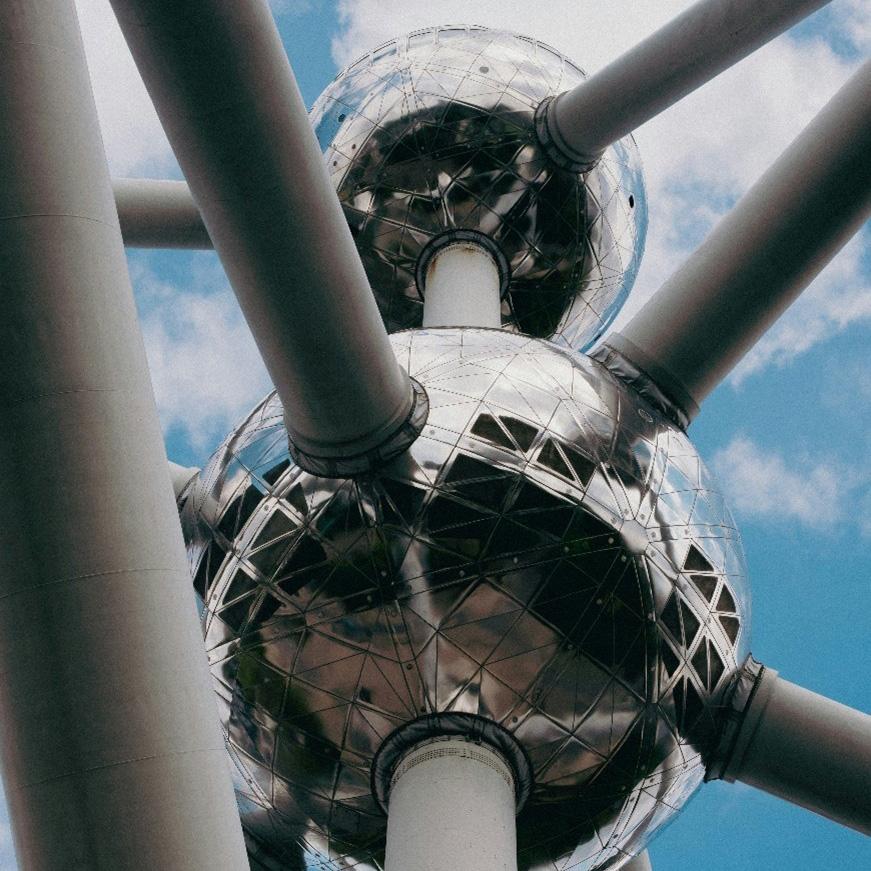
1958 marked the first-ever time the EU (in its earliest form as the European Coal and Steel Community) participated in a World Expo.
The aim of the ECSC at Expo ’58, held in the seat of the future EU in Brussels, Belgium, was to garner international support (its founding members had signed the Treaty of Paris just seven years prior, in 1951). Managing to attract around six million visitors to its pavilion, the ECSC was incredibly successful in this regard.
Century 21 Exposition (Seattle, USA)

In 1962, five days (23 - 27 September) at the World’s Fair in Seattle, USA were dedicated to celebrating the six founding Member States of the European Economic Community (which would later become the EU): Belgium, Germany, France, Luxembourg, Italy, and the Netherlands.
The EEC’s pavilion that year featured screens on which its leaders could be seen talking, and whom one could listen to via attached telephones. In addition, numerous displays outlined the history, goals, and structure of the EEC for visitors, who also got to learn about the EEC through various scale models related to a selection of its culture, engineering, and industry-related projects.
Expo ’67 (Montréal, Canada)
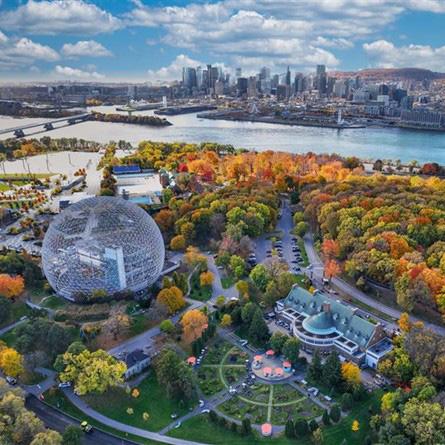
Designed by European and Canadian architects in the form of a diamond (whose facets represented the diversity and solidarity of Europe), and made of steel in a homage to the European Coal and Steel Community, the European Economic Community Pavilion at Expo ’67 was entitled ‘Six Countries Have Decided to Live Together’.
The highlights of the Pavilion included a Flemish tapestry, panorama of the medieval city of Mainz, Gutenberg Bible, and library of classical and modern European records, as well as paintings of remarkable Europeans.
Expo ’70 (Osaka, Japan)
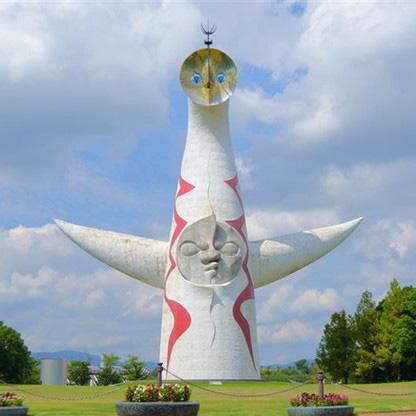
2025 isn’t the only year to boast a World Expo in Osaka. In 1970, the Japanese city also played host to one.
A stunning twenty-four-metre underground light structure with a rooftop garden embellished with painted ceramics, the pavilion of the European Economic Community highlighted developments across two thousand years of European history (culminating in the end of the Second World War and the beginnings of the EU) and celebrated the triumph of peace and unity over international conflict. A key highlight was an eight-minute-long audiovisual presentation (featuring two thousand photographs) around the pavilion’s theme, ‘Imagination for Peace’.
Expo ’92 Sevilla (Seville, Spain)
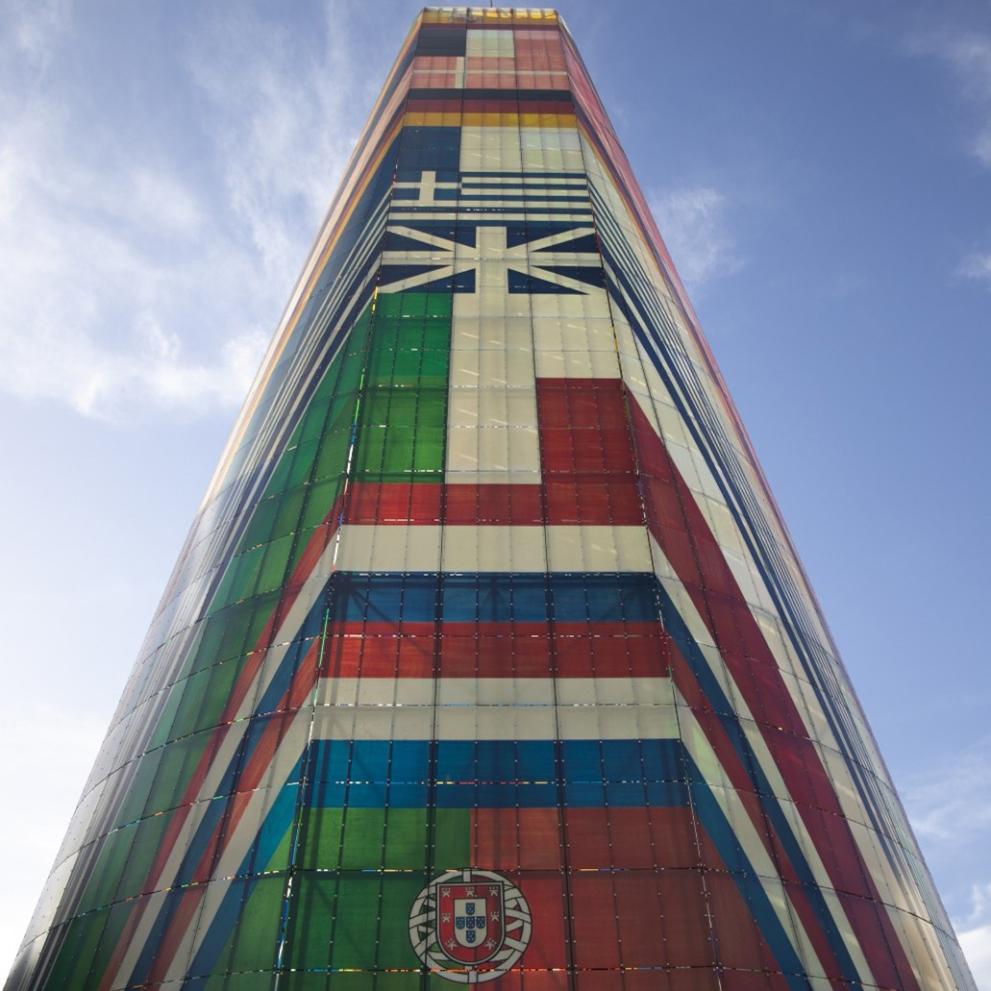
In 1992, the European Economic Community participated in the World Expo in Seville, a particularly significant milestone in the history of the EU’s participation in World Expos.
Expo ’92 Sevilla marked the first time every Member State had its own pavilion. In a display of unity in diversity, the pavilions of the EEC’s twelve Member States (there are now twenty-seven) were linked together by sails and grouped around that of the EEC (a fifty-metre-high cone in the colours of the flags of these Member States, designed by German architect Karsten Krebs) on the Expo’s Avenue de l’Europe. The overarching theme of the EEC that year was ‘From the Europe of the Renaissance to the Renaissance of Europe’, and a key highlight was a demonstration of high-definition European television.
Expo 2000 (Hanover, Germany)
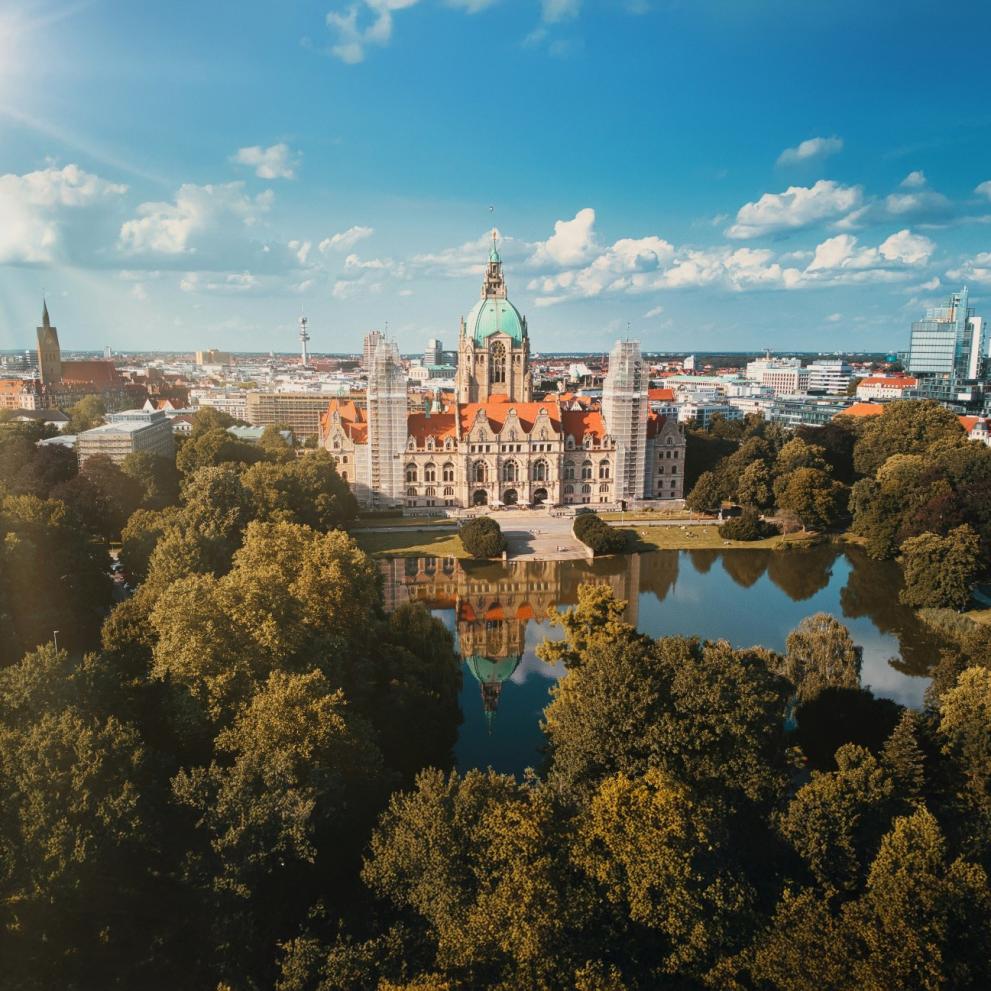
Entitled ‘The European Journey: Into the New Millennium’, the EU Pavilion at Expo 2000 dealt with sustainability and subsidiarity and placed a special emphasis on the benefits and drawbacks of the Information Age.
Designed by architects Lippsmeier + Partner, the EU Pavilion featured a three-dimensional time shuttle, giant rotating euro coin-cum-elevator, and a European ‘sound atlas’, amongst many other things. The Pavilion also hosted numerous conferences, workshops, and cultural events related to its (and the Expo’s) theme.
Expo 2010 Shanghai (Shanghai, China)
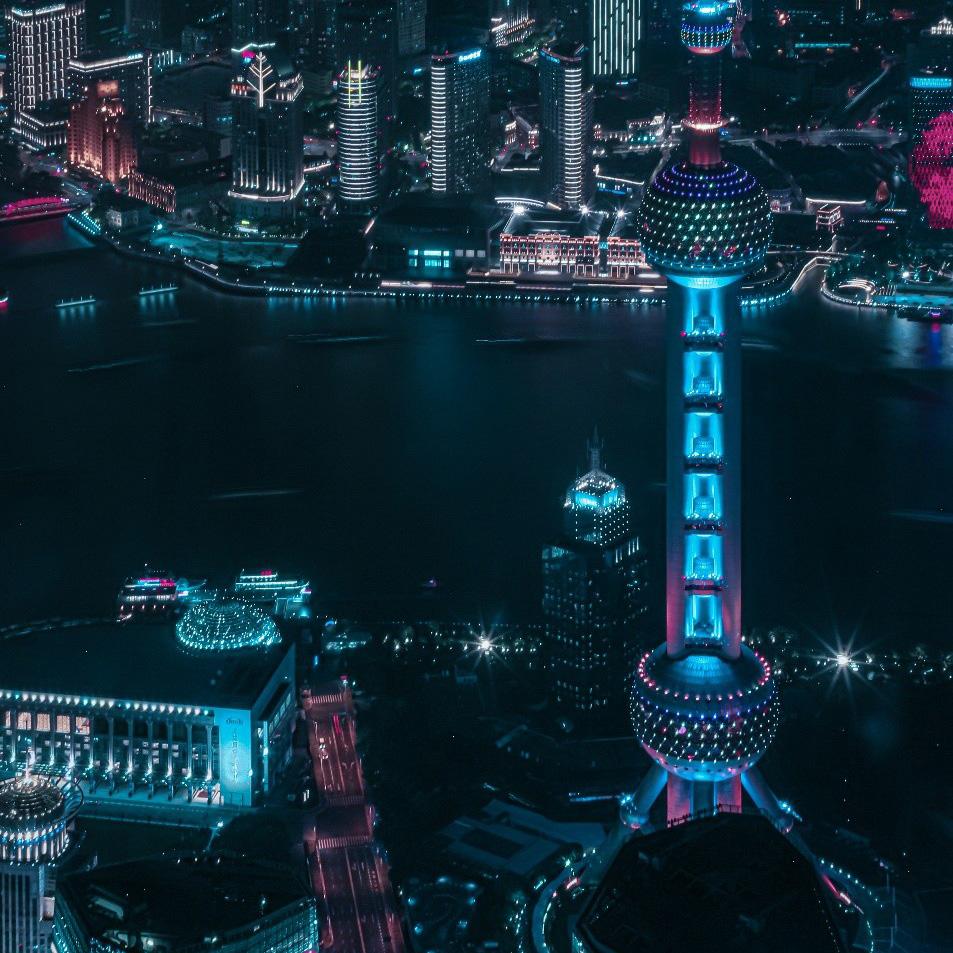
Structured in the form of a brain cell, the EU Pavilion at Expo 2010 Shanghai (co-hosted by Member State Belgium) shone a light on Belgium and the EU’s contributions to civilisation.
With gastronomy being no exception, the Pavilion featured an actual chocolate factory to provide a glimpse of the Belgian chocolate-making process to visitors, who also got to enjoy Belgian waffles and fries. Altogether, the Pavilion attracted around seven million visitors.
Expo 2015 (Milan, Italy)
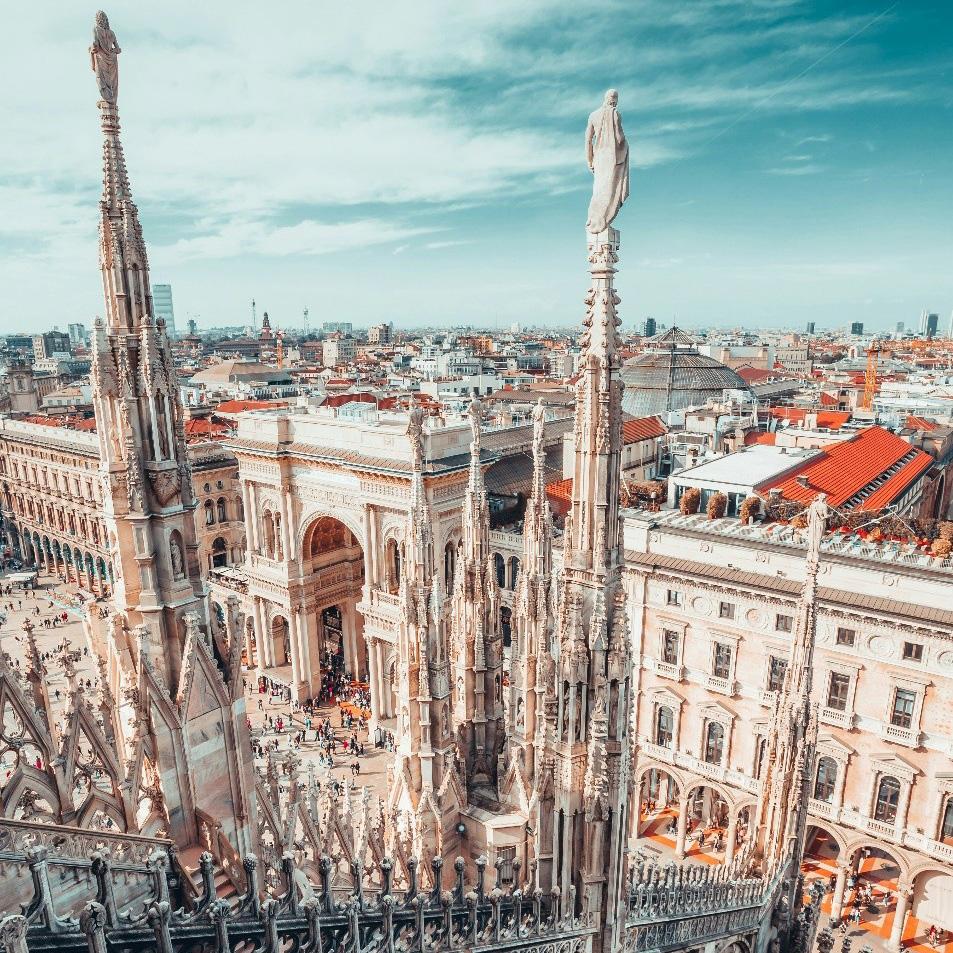
Ten years ago, the EU participated in Expo 2015 in Milan, Italy. In line with the Expo’s focus on food accessibility and other global food-related issues, wheat (as a staple food common to all Member States) was at the heart of the EU Pavilion.
The highlight of the Pavilion that year was the short EU-produced film La Spiga d’Oro (The Golden Ear). In telling the story of Alex (a farmer) and Sylvia (a researcher), the film underscored the importance of international collaboration and the marriage of science and agriculture in improving access to food around the world.
Expo 2020 (Dubai, UAE)

In 2020, the EU participated in Expo 2020 in Dubai, UAE, which revolved around the subjects of mobility, opportunity, and sustainability.
That year, talks and events hosted by the EU shone a light on EU policies and programmes relevant to these three subjects and the Expo’s theme (‘Connecting Minds, Creating the Future’), like the EU Green Deal (for a completely carbon-neutral Europe by 2050) and Digital Decade (for the completion of the digital transition in Europe by 2030), as well as the Union’s initiatives in the areas of agriculture, inclusivity and equality, innovation, and the economy, to name a few.

